Driving a horse and cart is a timeless and traditional mode of transportation that has been used for centuries. It requires skill, patience, and a deep understanding of working with horses. In this article, we will explore the art of driving a horse and cart, from choosing the right equipment to mastering the techniques of handling a horse-drawn vehicle.
Choosing the Right Equipment
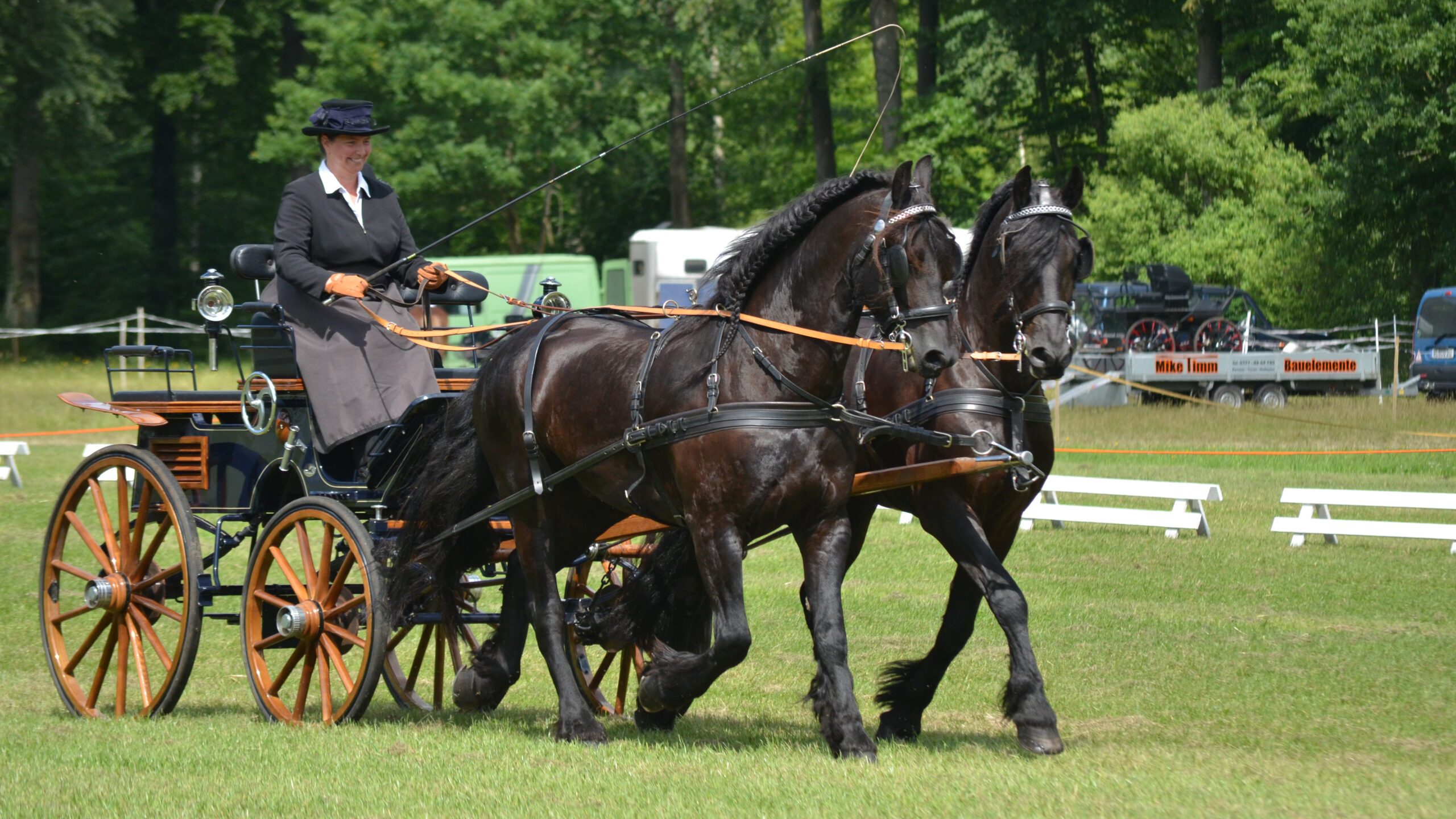
Before you can start driving a horse and cart, it’s essential to have the right equipment. The first thing you’ll need is a suitable cart or carriage. The type of cart you choose will depend on your specific needs, whether it’s for leisurely rides, transportation, or even competitive driving events. Additionally, you’ll need a harness that fits your horse properly and is designed for pulling a cart. The harness should be comfortable for the horse and provide proper support while on the move.
Cart Selection
When selecting a cart or carriage, consider the size and strength of your horse, as well as the terrain you’ll be driving on. For example, a lighter, two-wheeled cart may be suitable for leisurely rides, while a heavier, four-wheeled carriage may be more appropriate for transporting goods or for formal events.
Harness Fitting
Properly fitting a harness is crucial for the comfort and safety of the horse. It’s important to ensure that the harness fits correctly and does not cause any discomfort or chafing. Seek professional guidance if you are unsure about fitting the harness properly.
Understanding Your Horse
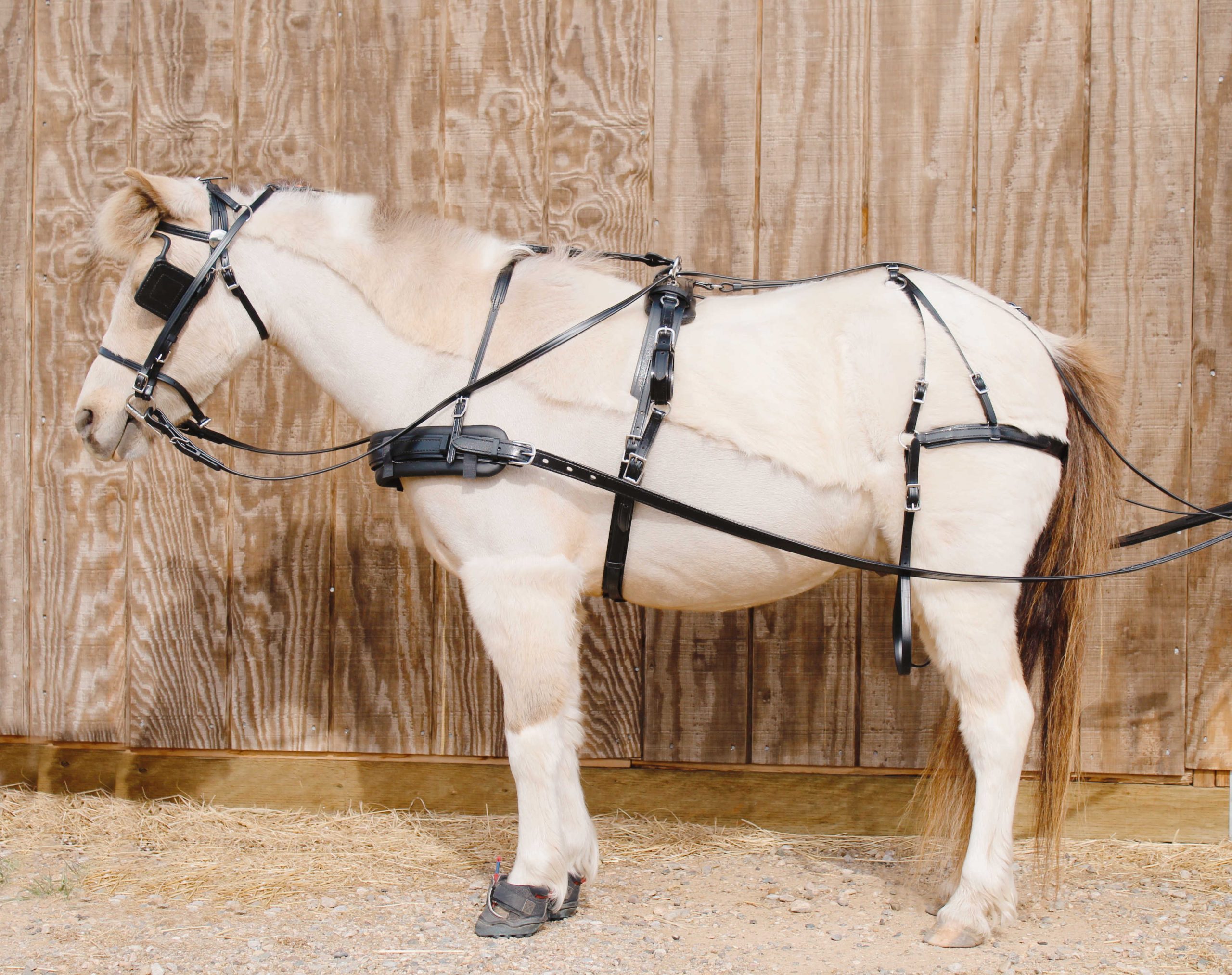
Before you can begin driving a horse and cart, it’s essential to have a deep understanding of your horse’s behavior, temperament, and needs. Building a strong bond with your horse is crucial for successful cart driving. Spend time with your horse, gaining its trust and familiarizing it with the equipment and the tasks ahead.
Training and Bonding
Training your horse to pull a cart requires patience, consistency, and positive reinforcement. Start with ground driving exercises to accustom the horse to the feeling of pulling and responding to your commands. Building a strong bond with your horse through regular grooming, handling, and positive interactions will also contribute to a successful driving experience.
Recognizing Warning Signs
Understanding your horse’s body language and behavior is crucial for ensuring a safe and enjoyable driving experience. Be attentive to signs of discomfort, anxiety, or fatigue in your horse. It’s essential to address any issues promptly and make adjustments accordingly to ensure the well-being of your horse.
Basic Driving Techniques
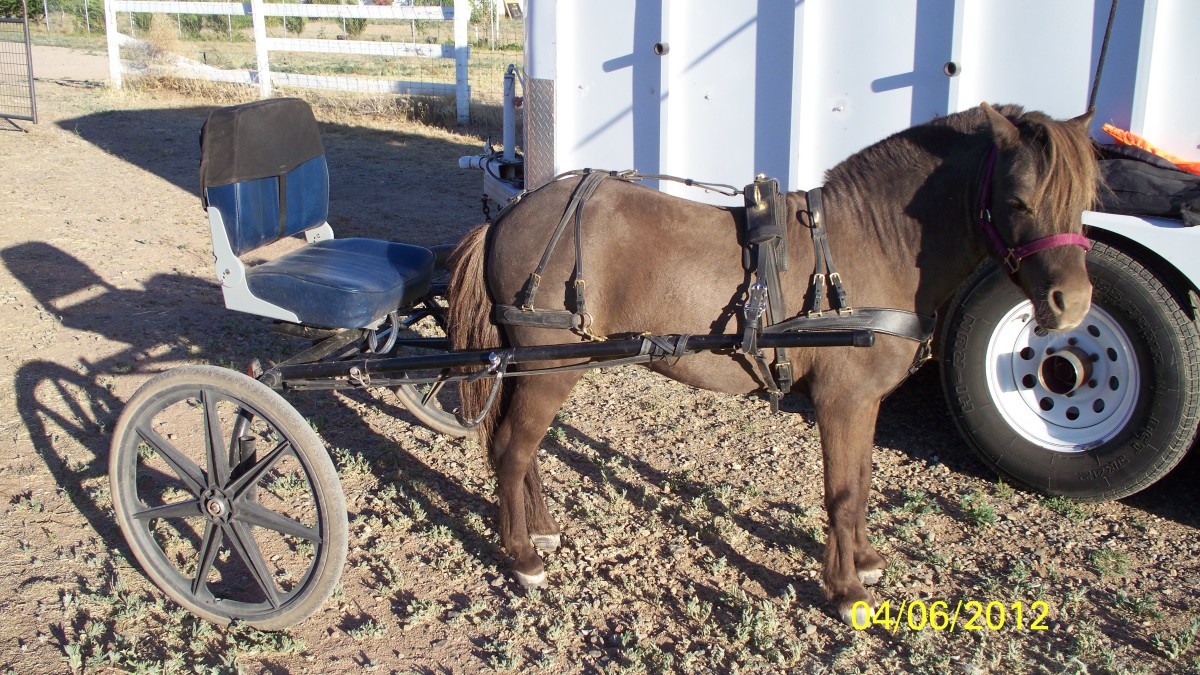
Once you have the right equipment and a strong bond with your horse, it’s time to learn the basic driving techniques. Driving a horse and cart requires skill and coordination, as well as a clear understanding of how to communicate with your horse effectively.
Proper Positioning and Control
When driving a horse and cart, it’s crucial to maintain proper positioning and control. Sit upright and centered in the cart, holding the reins with a firm but gentle grip. Use your voice, body language, and reins to communicate with your horse, guiding it in the desired direction and controlling its speed.
Understanding Commands
Communication with your horse is primarily through verbal commands and rein signals. Familiarize yourself with the basic commands such as “walk on,” “halt,” “turn,” and “back up,” and practice using them consistently with your horse. Clear and confident communication is key to successful cart driving.
Practicing Safe Driving
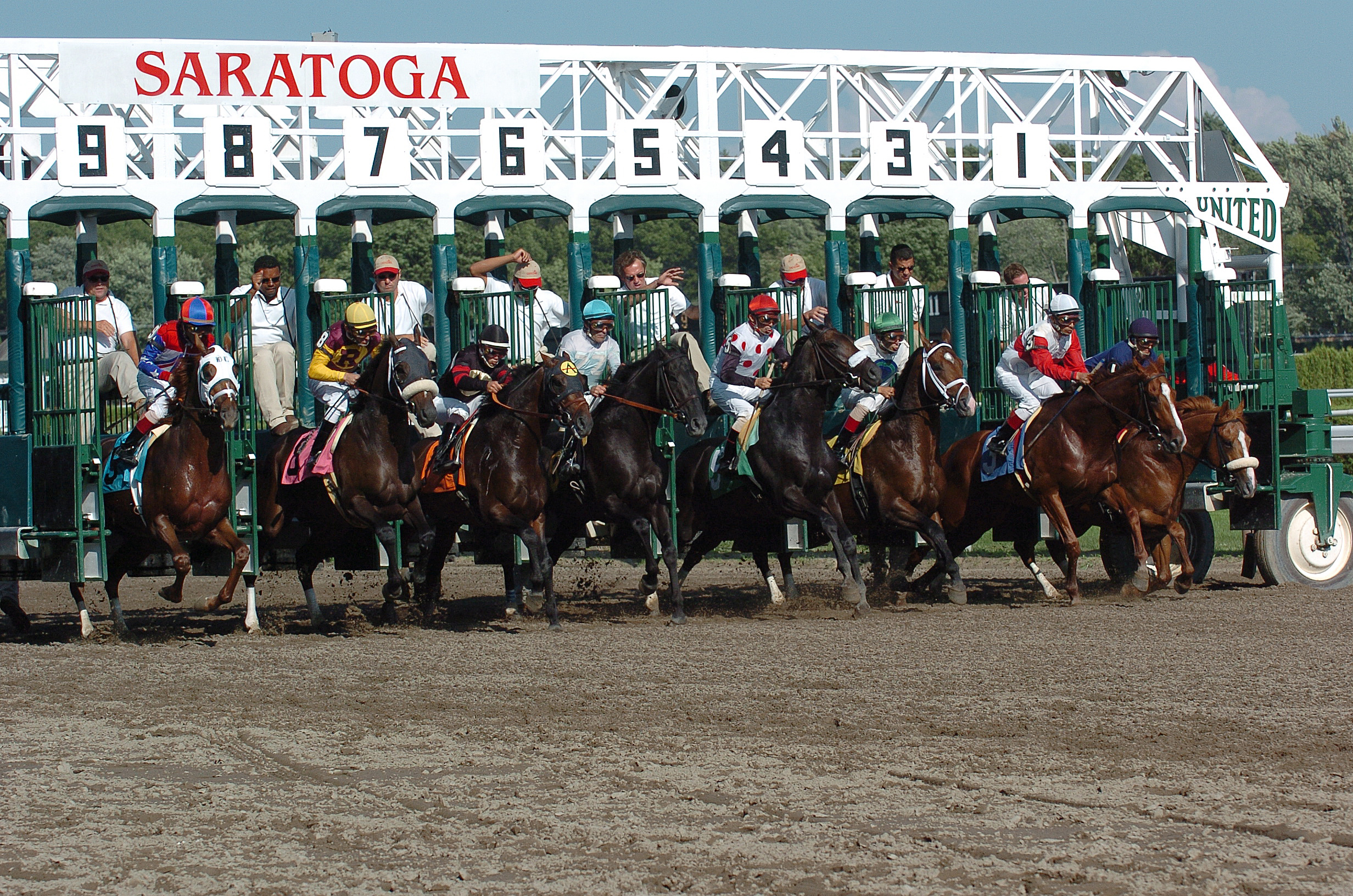
Ensuring the safety of both the horse and the driver is paramount when driving a horse and cart. Being aware of potential risks and practicing safe driving techniques is essential for a positive driving experience.
Obeying Traffic Rules
When driving on public roads, it’s crucial to obey traffic rules and regulations. Be mindful of other road users and ensure that your horse and cart are visible to others. Use appropriate safety equipment, such as reflective gear and lights, to enhance visibility, especially during low-light conditions.
Maintaining Equipment
Regular maintenance of your cart, harness, and other equipment is essential for safety and reliability. Inspect the equipment before each drive, checking for any signs of wear or damage. Properly maintained equipment reduces the risk of accidents and ensures the well-being of your horse.
Advanced Techniques and Competitive Driving

For those interested in taking their cart driving skills to the next level, there are opportunities for competitive driving events and advanced techniques. Competitive driving, also known as carriage driving, involves precision, speed, and style, and requires a high level of skill and finesse.
Competitive Events
Competitive driving events include dressage, marathon, and obstacle driving, each with its own set of challenges and requirements. Participating in these events can be a rewarding experience for both the driver and the horse, showcasing the teamwork and skill required for success.
Advanced Maneuvers
Advanced driving techniques include precision turns, navigating tight obstacles, and maintaining control at varying speeds. These maneuvers require extensive practice, coordination, and a deep understanding of the horse’s abilities and reactions.
Interested in learning more about horses and their care? Check out our articles on how to pull a horse shoe, how to make a horse halter, and how to transport a horse for valuable insights into the world of equine management and handling!
Conclusion
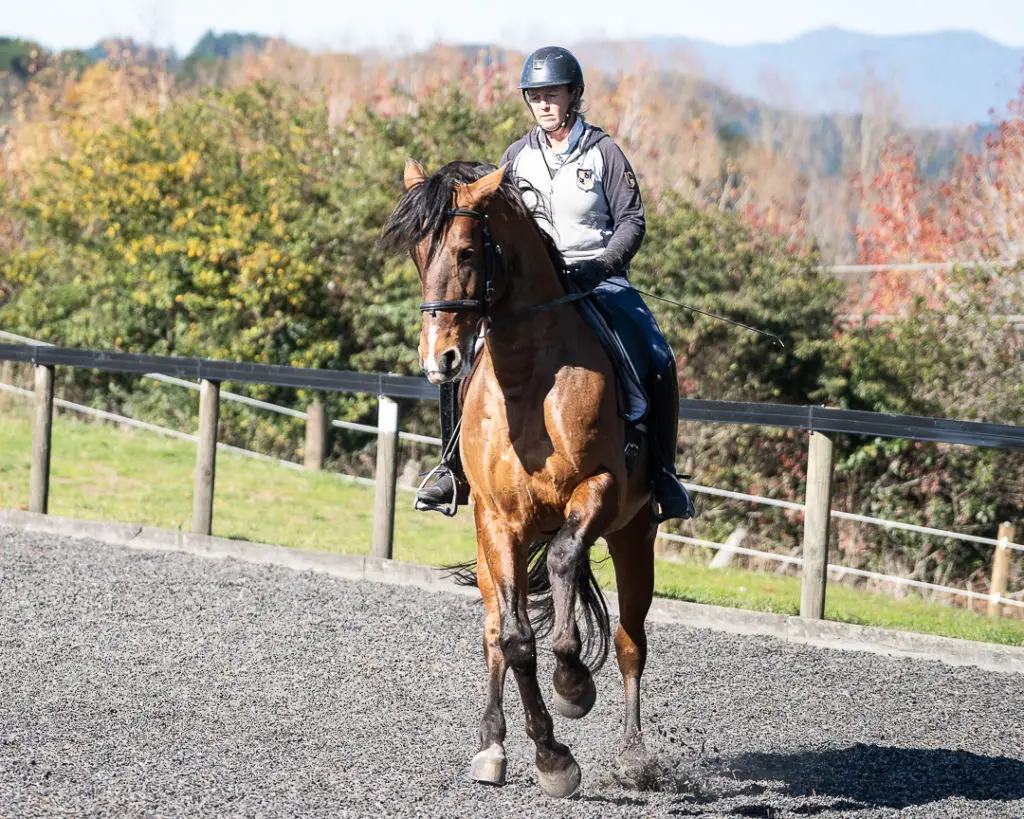
Driving a horse and cart is a unique and gratifying experience that allows for a deep connection with nature and the traditional art of horsemanship. Whether for leisurely rides, transportation, or competitive events, the skills and techniques involved in driving a horse and cart require dedication, patience, and a profound appreciation for working with horses. By choosing the right equipment, understanding your horse, mastering basic and advanced driving techniques, and prioritizing safety, you can embark on a fulfilling journey of horse and cart driving, embracing the timeless tradition and beauty of this art form.



